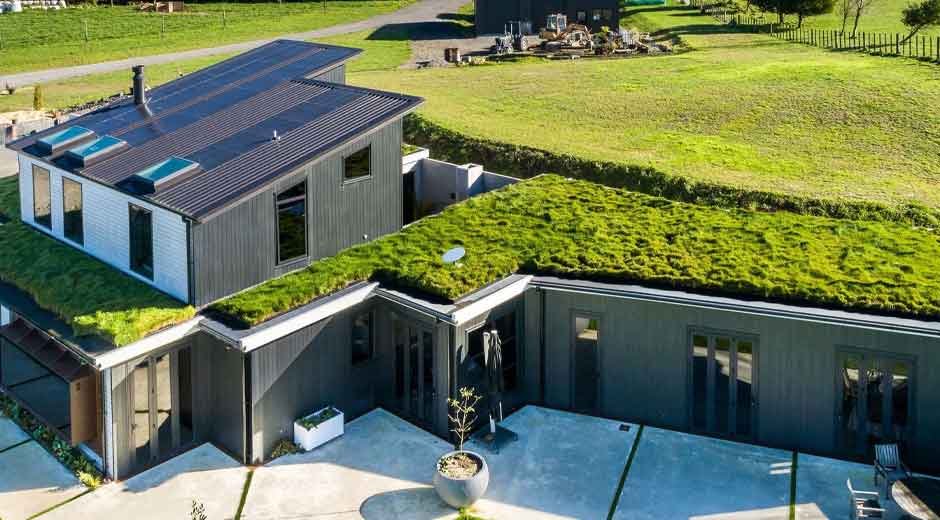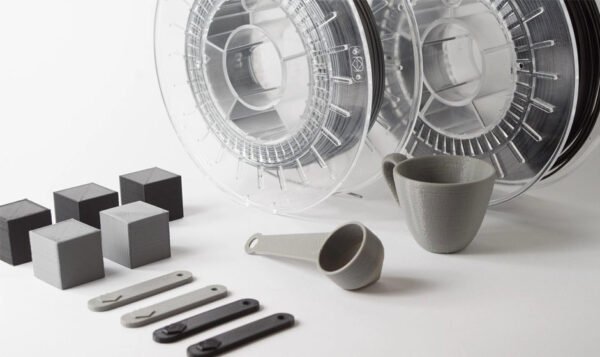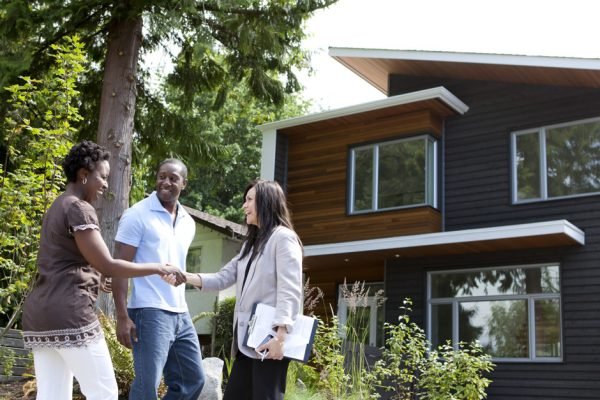Sustainable Construction Trends for Modern Homes

Key Takeaways
- Net-zero energy homes produce as much energy as they consume through renewable energy systems and smart design.
- Sustainable construction materials like hempcrete and cross-laminated timber minimize environmental impact and provide excellent performance.
- Smart technologies and biophilic design create homes that are efficient, health-focused, and comfortable.
- Modular construction and water conservation strategies cut waste and support resilient living.
Introduction
New demands for environmental responsibility are inspiring homeowners and builders to prioritize sustainability in every phase of home design and construction, including GSC restoration services. Environmentally friendly building practices don’t just benefit the planet—they also improve living conditions, boost long-term savings, and increase property value. Many companies are leading the way by embracing green materials, advanced technologies, and holistic design principles that keep both people and nature in mind.
Homeowners looking for durable, high-performance, and energy-efficient properties are increasingly investing in sustainable practices. From net-zero energy homes to modular construction, adopting these trends not only helps to reduce carbon footprints but also creates healthier indoor spaces that offer both comfort and longevity.
Net-Zero Energy Homes
Net-zero energy homes represent the future of sustainable living. By integrating renewable energy sources such as solar panels with energy-efficient construction, these homes produce as much renewable energy as they use annually. The benefits are twofold: homeowners enjoy drastically reduced utility expenses, and carbon emissions associated with traditional energy consumption are minimized. Projects like Hartdene Barns in the UK are already delivering net-zero energy, with features including solar installations and advanced heat pumps. These efforts set the standard for green living, demonstrating that high-performance sustainability is achievable at scale.
Innovative Sustainable Materials
The material choices in construction significantly affect a building’s environmental impact. New technologies have made it possible to use products like hempcrete, a hemp-and-lime composite that traps more carbon than it emits and provides exceptional insulation. Another leading option is cross-laminated timber (CLT), which replaces energy-intensive concrete and steel while capturing large amounts of carbon within the structure. Both innovations reduce the overall environmental footprint, foster healthy interiors by minimizing toxins, and often require less energy to maintain comfortable conditions in the home. Their adoption supports not just ecological health but occupant wellness as well.
Smart Home Technologies
Technology has brought new efficiency and precision to home operations. Smart home systems include everything from programmable thermostats and occupancy-responsive lighting to real-time energy monitors, all of which empower residents to use resources more wisely. AI-driven platforms can predict occupant habits, optimize systems, and automatically reduce consumption when spaces are vacant. Home automation not only leads to direct financial savings but also makes sustainable choices more convenient and more likely to be adopted long-term. As detailed by experts at Wirecutter, the right smart devices often pay for themselves in a short period through utility savings.
Biophilic Design Principles
Biophilic design—rooted in the inherent human affinity for nature—incorporates living plants, natural light, water elements, and organic architecture into homes. Green roofs and living walls not only bolster insulation but also purify the air and offer habitat to local pollinators. Abundant daylight reduces reliance on artificial lighting, supporting circadian rhythms and overall well-being. This design approach extends beyond aesthetics, driving sustainable outcomes and helping homeowners foster stronger connections with their environment, as highlighted in Architectural Digest’s guide to biophilic trends.
Modular and Prefabricated Construction
For faster, less wasteful builds, modular and prefabricated methods have moved to the forefront of modern construction. Components are built in controlled factory environments, which significantly reduces material excess and on-site disruption. Once delivered, these modules are quickly assembled, cutting overall construction time in half compared to traditional building. This approach allows for stricter quality control and the integration of high-performing building envelopes, efficient systems, and sustainable materials from the outset. Modular solutions offer flexibility to adapt to varied site conditions and can be designed for easy upgrades or disassembly, extending the lifecycle of the home.
Water Conservation Strategies
Water scarcity is an escalating challenge worldwide, making conservation essential in sustainable home construction. Rainwater harvesting systems collect and store rooftop runoff for irrigation or non-potable uses, significantly reducing demand on municipal supplies. Greywater recycling diverts gently used water from sinks and showers to flush toilets or water landscapes, further shrinking household water footprints. Low-flow fixtures, dual-flush toilets, and efficient irrigation systems equip residents to save water without sacrificing performance or comfort. Collectively, these strategies both safeguard a critical resource and mitigate monthly utility costs.
Conclusion
Building a sustainable, modern home is now more accessible and essential than ever. Through the use of net-zero energy design, advanced sustainable materials, smart technologies, and mindful biophilic strategies, today’s homeowners and builders can create lasting value while supporting environmental stewardship. Efficient modular construction and robust water conservation further amplify these benefits, proving that comfort, health, and eco-friendliness can all thrive under one roof.



